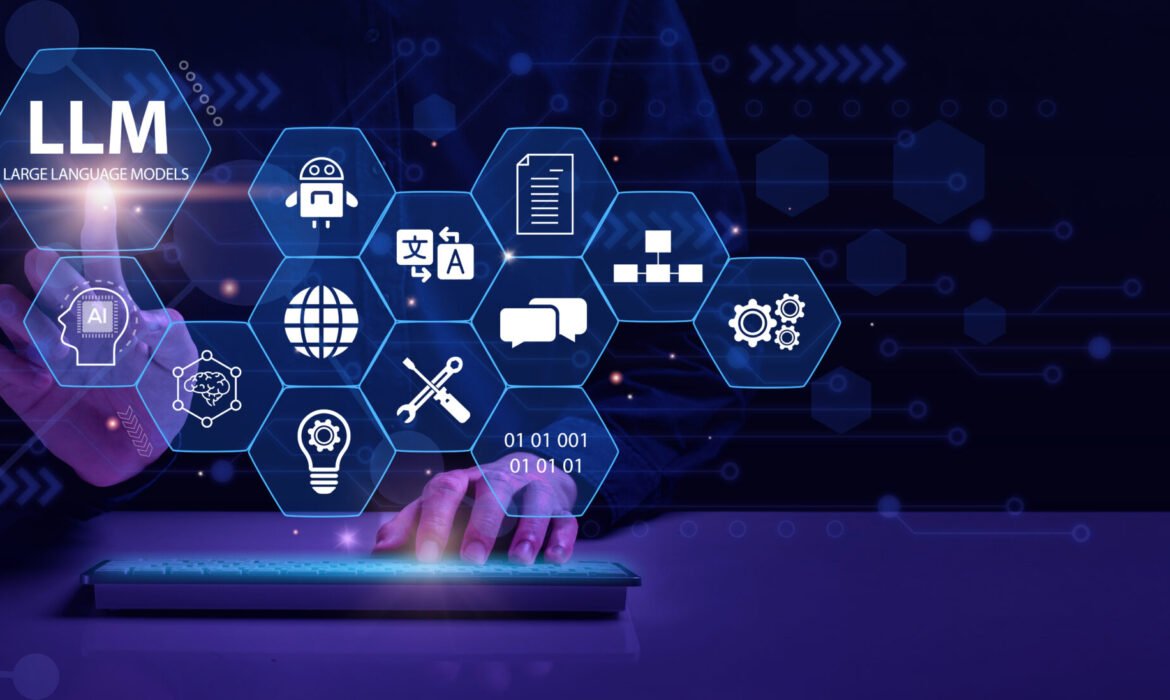AI Model Drift: How to Detect, Prevent, and Fix It Before It Costs You
What is AI Model Drift?
- Concept Drift – This happens when the meaning of what you’re predicting changes. For example, if an AI model predicts consumer behavior, it may become unreliable if shopping trends shift due to economic downturns, seasonal patterns, or cultural changes.
- Data Drift – This occurs when the input data itself changes. For instance, a fraud detection model trained on past transaction data might fail to catch new fraud techniques that weren’t present in its training data.
Other types of drift include feature drift (when the importance of input features changes) and covariate shift (when the statistical properties of input variables change).
How to Detect AI Model Drift
1. Monitor Model Performance Metrics
2. Compare Data Distributions
3. Track Business KPIs
4. Use Automated Drift Detection Tools
- Evidently AI – A tool that detects and visualizes model drift.
- TensorFlow Data Validation – Helps track changes in input data distributions.
- AWS Model Monitor & Azure ML Monitor – Cloud-based tools that automate drift detection.
5. Run A/B Tests
Does Model Drift Always Require Action?
- Low-risk applications like movie recommendations can tolerate minor drift without major consequences.
- High-stakes applications like fraud detection or healthcare diagnostics require quick action, as even a small drift can lead to serious problems.
How to Fix AI Model Drift
1. Retrain the Model with Updated Data
2. Use Adaptive Learning Models
3. Improve Data Collection
4. Implement Continuous Monitoring with MLOps
5. Fine-Tune Hyperparameters
Final Thoughts
AI models aren’t set in stone—they evolve as data changes. Ignoring model drift can lead to bad predictions, frustrated users, and financial losses. But retraining isn’t always the answer—sometimes, simply monitoring is enough.
Take Action Now
If your AI model influences critical business decisions, start tracking drift today. Set up monitoring tools, define retraining thresholds, and stay proactive to keep your AI working at its best. 🚀
Static Testing Process: A Step-by-Step Guide
The Static Testing Process: Step by Step
1. Planning and preparing
Important factors to consider are:
- Identifying the portions of code that need the most attention.
- Selecting the best static testing techniques, such as code reviews, walkthroughs, or static analysis tools.
- Establishing specific goals, such as improving code maintainability, increasing security, or enforcing coding standards.
2. Execution and Defect Reporting
- When the plan is finalized, the execution phase begins. Static testing tasks include:
- Developers review code for logic problems, inconsistent formatting, and poor documentation.
- Static Code Analysis – Automated tools examine code for vulnerabilities, security flaws, and performance issues.
- Walkthroughs and Inspections are structured reviews in which peers or QA teams provide input on the codebase.
- The impacted code section.
- Recommendations for resolution to assist developers in effectively addressing concerns.
- A clear description of the issue.
3. Rework and verification.
- Once defects are reported, developers try to resolve them. Fixes are verified to verify they remedy the original bug without introducing new issues.
- Coding standards and best practices are followed.
- The adjustments have no detrimental influence on the software’s functionality.
Tools for Static Testing: Your Arsenal for Quality
1. Static Analysis Tools
Popular choices include:
- SonarQube detects vulnerabilities, flaws, and code smells.
- Coverity – Assists in the identification and resolution of important security and performance issues.
- FindBugs is a Java code analysis tool that specializes in common faults.
2. Code Review Platforms
. Examples include:
- GitHub & GitLab – Offer built-in code review features with inline commenting.
- Bitbucket – Provides seamless integration with version control and collaboration tools.
3. Choosing the Right Tool
Choosing the ideal tool relies on the programming language used in the project.
- Budget constraints: Some tools are free to use, while others cost a subscription.
- Integration capability with existing workflows.
Best Practices for Effective Static Testing
To maximize the benefits of static testing, consider these best practices:
1. Integrate Static Testing Early
2. Set Clear Coding Standards
- Naming conventions
- Code formatting
- Commenting and documentation
- Security best practices
Following standardized coding guidelines makes code easier to read, maintain, and test.
3. Train Your Team
- Best practices for code reviews.
- How to effectively use static analysis tools.
- Common coding pitfalls and strategies to avoid them.
4. Foster a Culture of Collaboration
Conclusion
Static testing is an important but underappreciated part of software quality assurance. Integrating structured code reviews, automated analysis, and inspections into your development workflow allows you to find and prevent issues early on, saving time, effort, and money. Improve software quality by refining static testing methodologies and using appropriate tools. 🚀.
How Managed Testing Services Reduce IT Downtime
In today’s electronic-first business environment, system reliability is more than a technical consideration; it is a critical business need. Each minute of downtime costs a company thousands of dollars in lost revenue, reputational damage, and decreased productivity. Managed testing services have emerged as a critical alternative for firms seeking ways to reduce these risks while maintaining high-quality software systems.
The Critical Link Between Software Testing and System Reliability.
In the complex technology stacks that modern companies use, a single failure can cause system-wide disruptions. System dependability is ensured by thorough software testing, which proactively finds vulnerabilities, replicates real-world situations, and verifies system resilience before release. It assists in identifying weak points, guarantees smooth component integration, and stops minor problems from becoming serious failures. Testing also evaluates how systems respond to unexpected events, like too much traffic or hardware failure, and ensure that they recover gracefully. Organizations can minimize downtime, enhance user trust, and maintain consistent business operations by mitigating these risks early.
The Systematic Testing Process
1. Requirement Gathering
2. Resource Planning
3. Process Design
4. Task Assignment
5. Execution
6. Reporting
Regular reporting keeps all stakeholders informed of testing progress and system health. Daily, weekly, and monthly reports provide different levels of detail, from tactical execution updates to strategic trend analysis. Performance metrics help track testing effectiveness and identify areas for improvement.
7. Optimization
Continuous improvement is built into the managed testing process. Teams regularly analyze testing outcomes to identify optimization opportunities and implement enhancement strategies. This iterative approach ensures testing processes evolve with changing business needs and technological advances.

Business Impact
- 50-70% reduction in critical production incidents
- 30-40% decrease in overall system downtime
- 25-35% improvement in testing efficiency
- Substantial ROI through prevented outages and optimized resource utilization
For instance, a social media app
Conclusion
Managed testing services represent a strategic investment in business reliability and performance. By implementing comprehensive testing processes, organizations can significantly reduce IT downtime while improving overall system quality. The structured approach to testing ensures consistent results and creates a foundation for continuous improvement.
To begin implementing managed testing services, organizations should:
- Assess current testing practices and identify gaps
- Define clear objectives and success metrics
- Select appropriate testing partners or build internal capabilities
- Develop a phased implementation plan
- Monitor and measure results to demonstrate value






